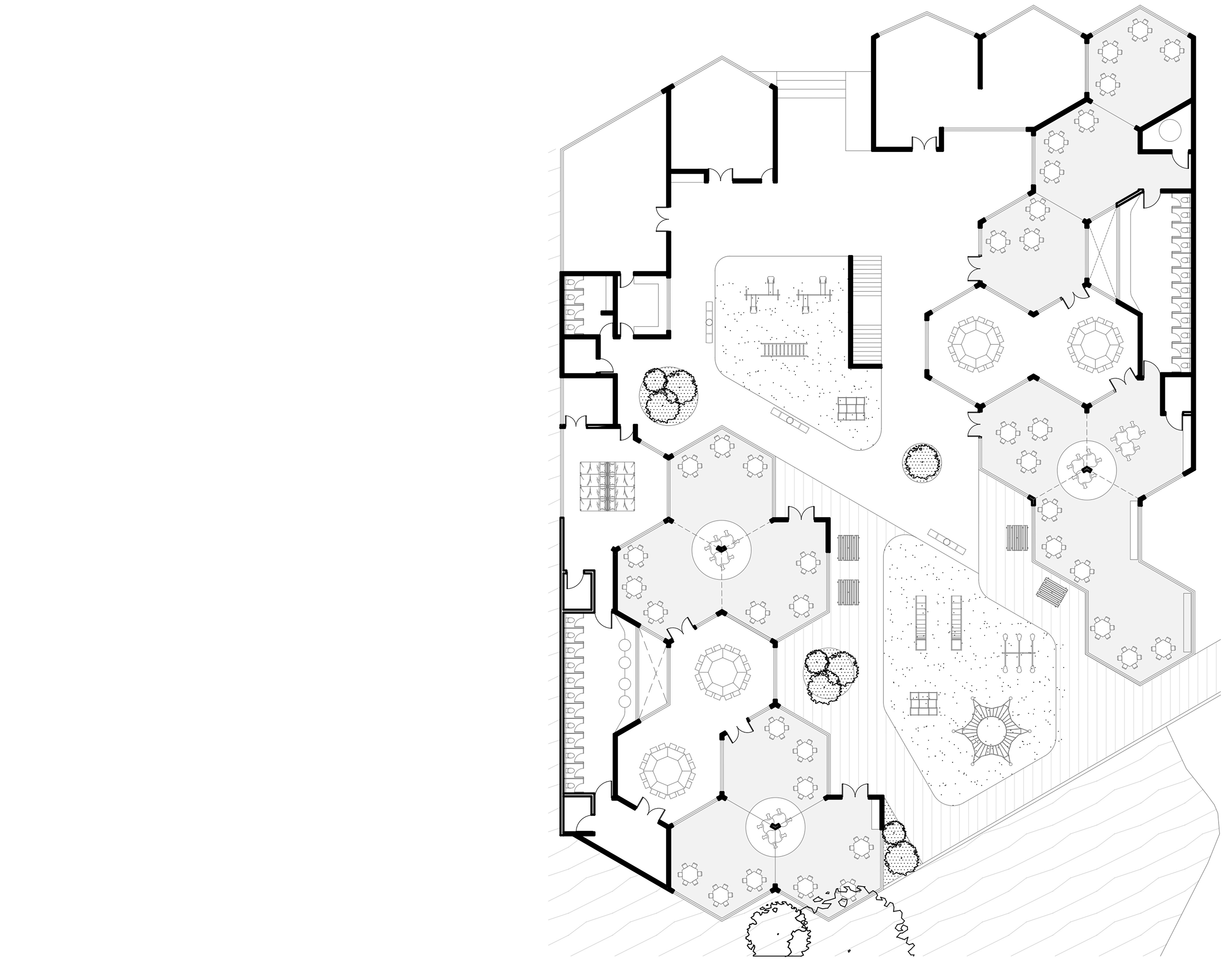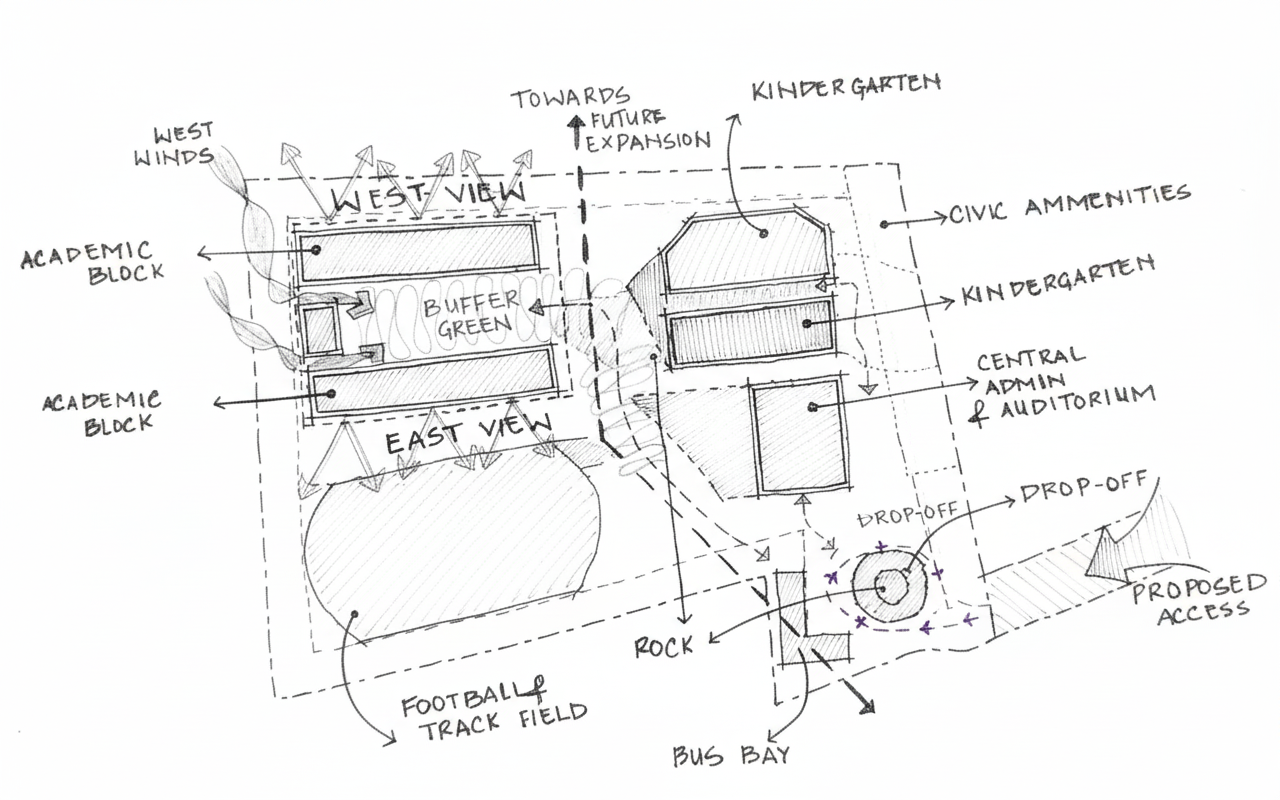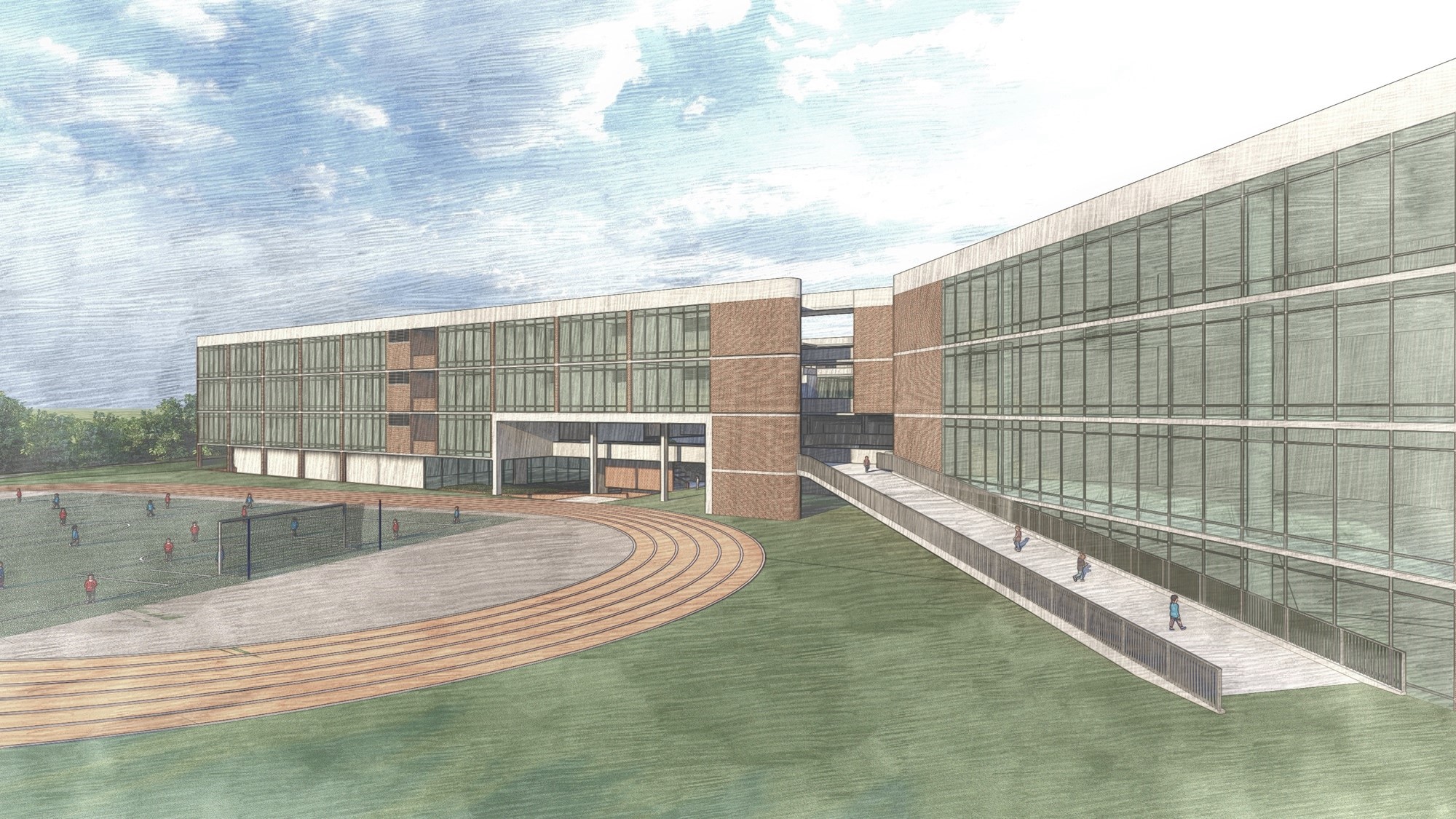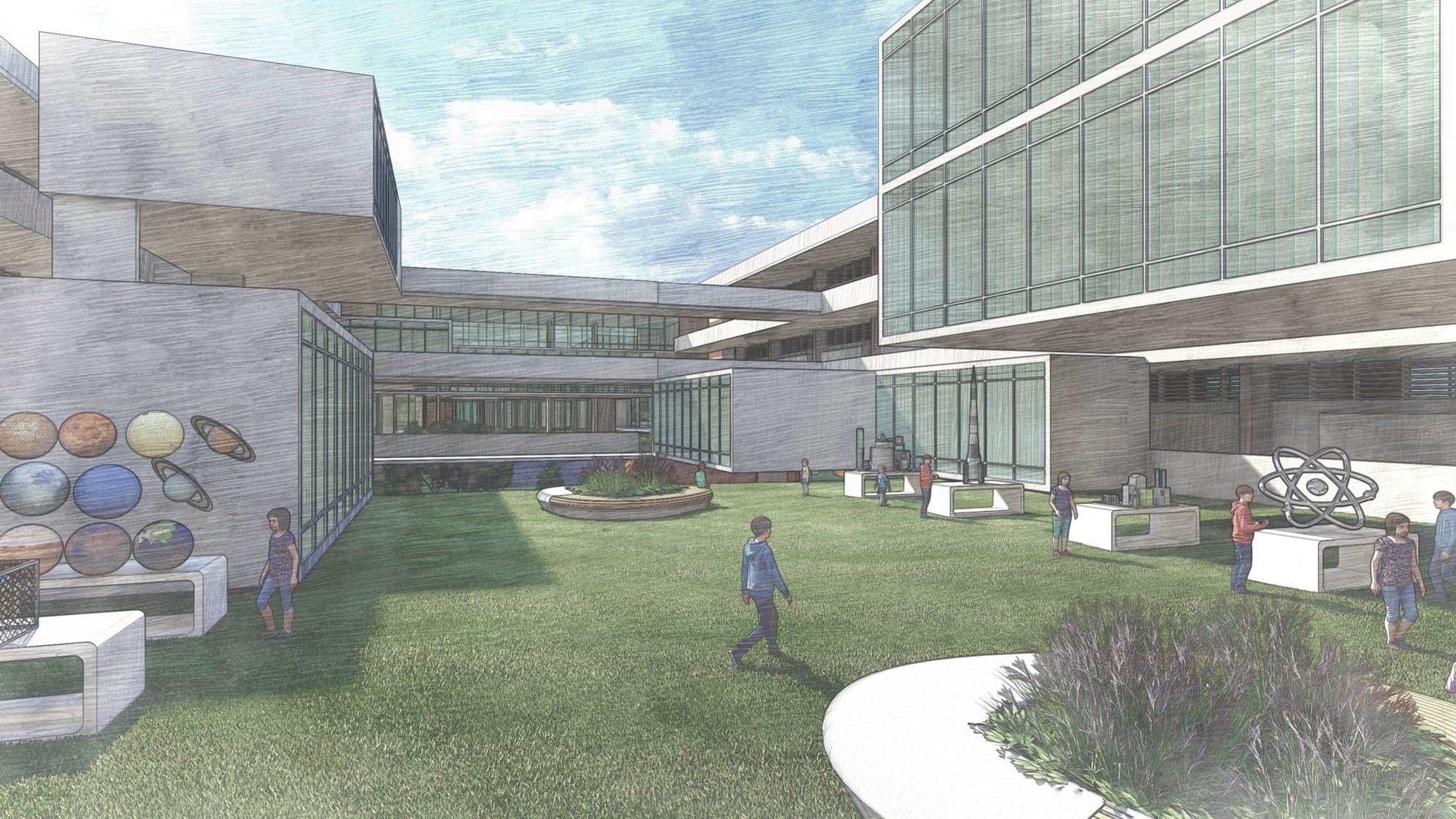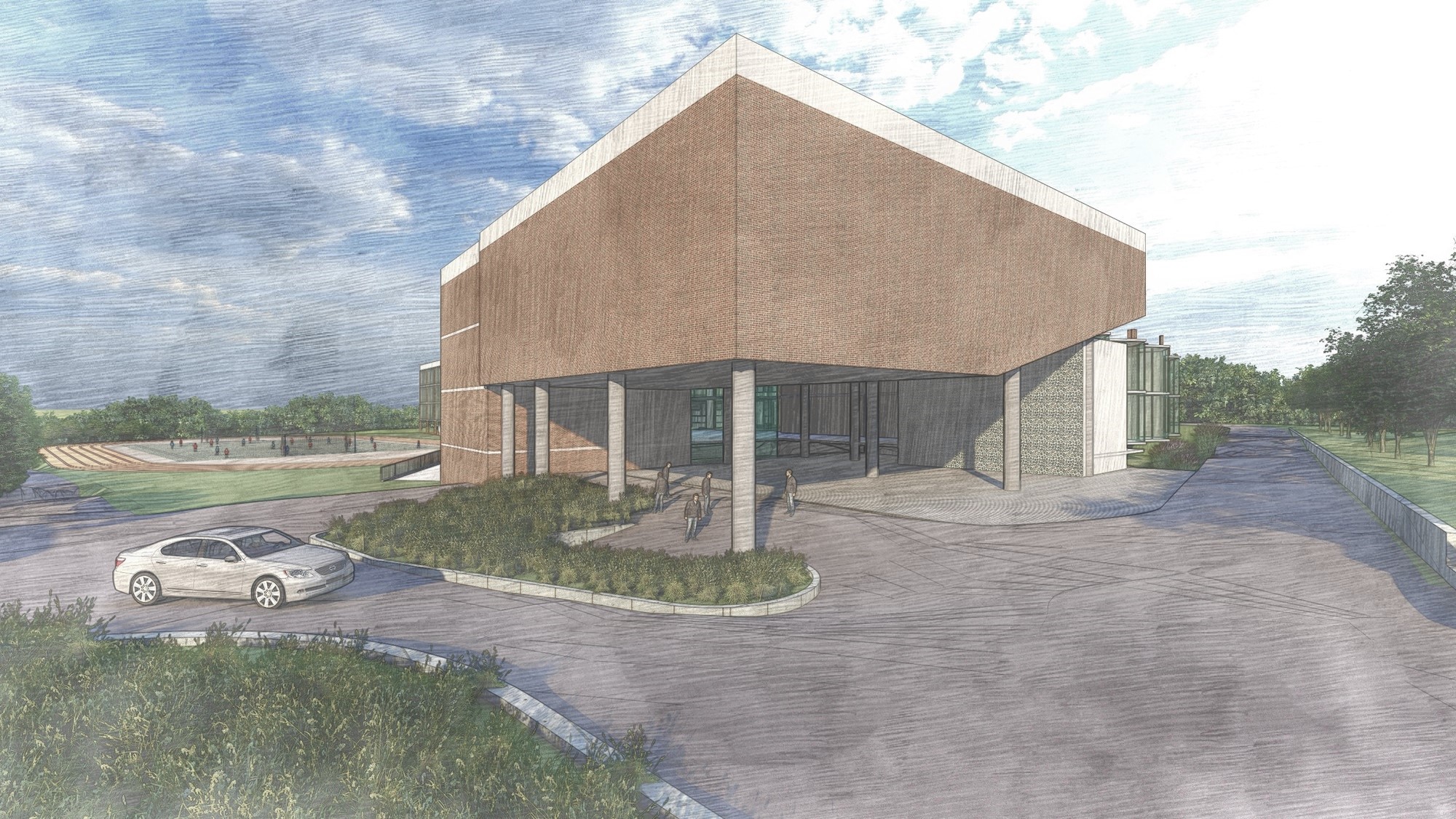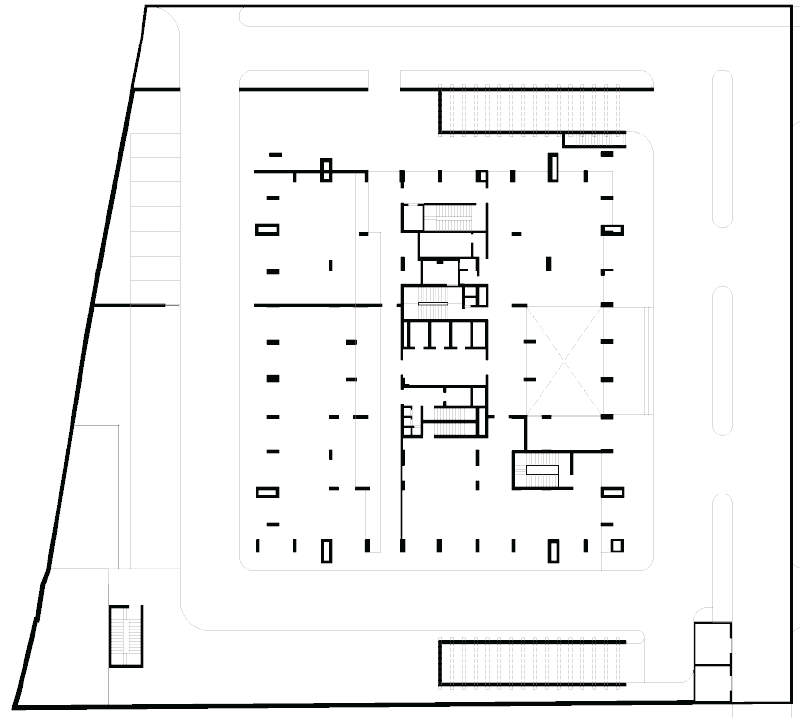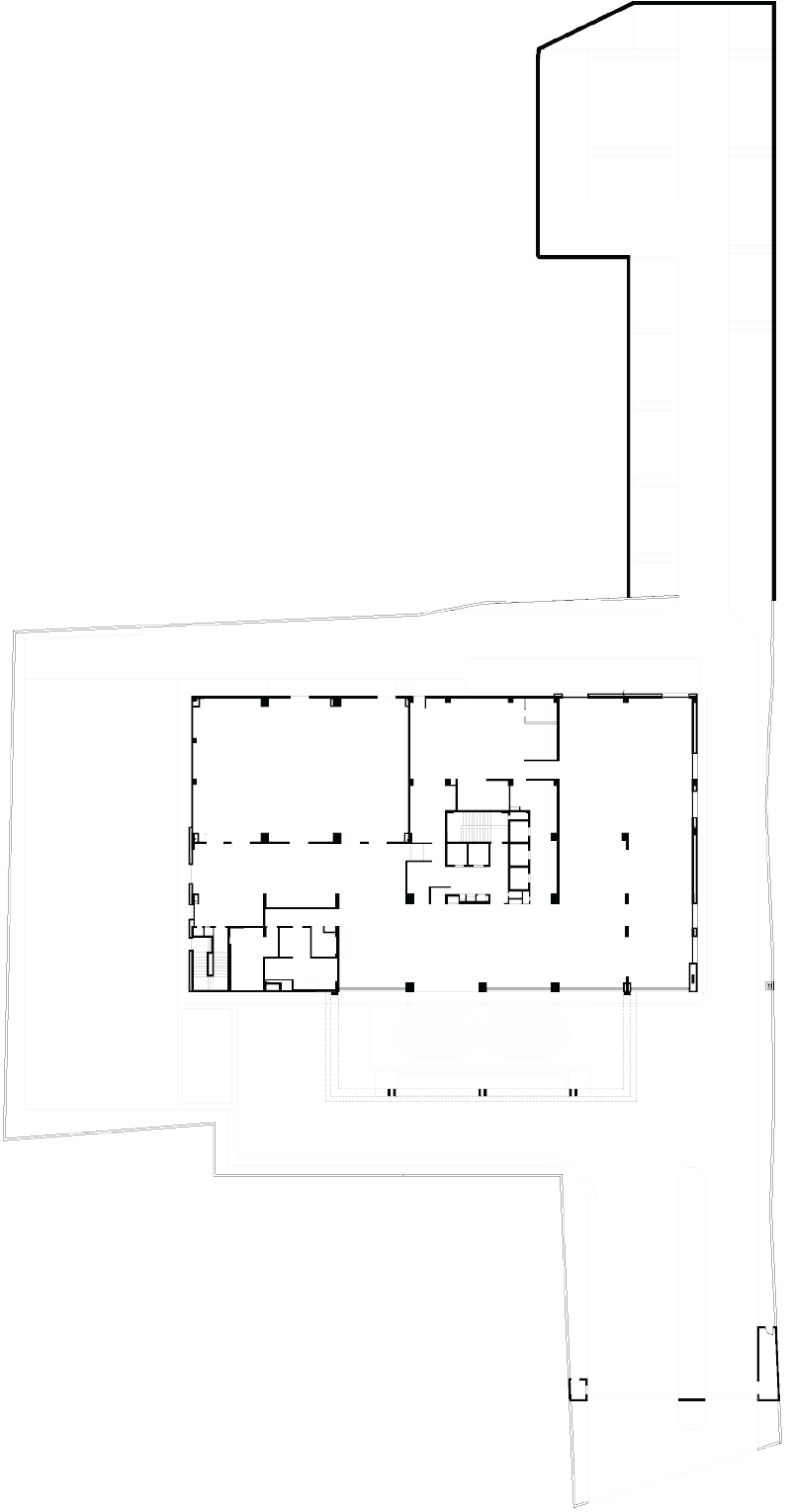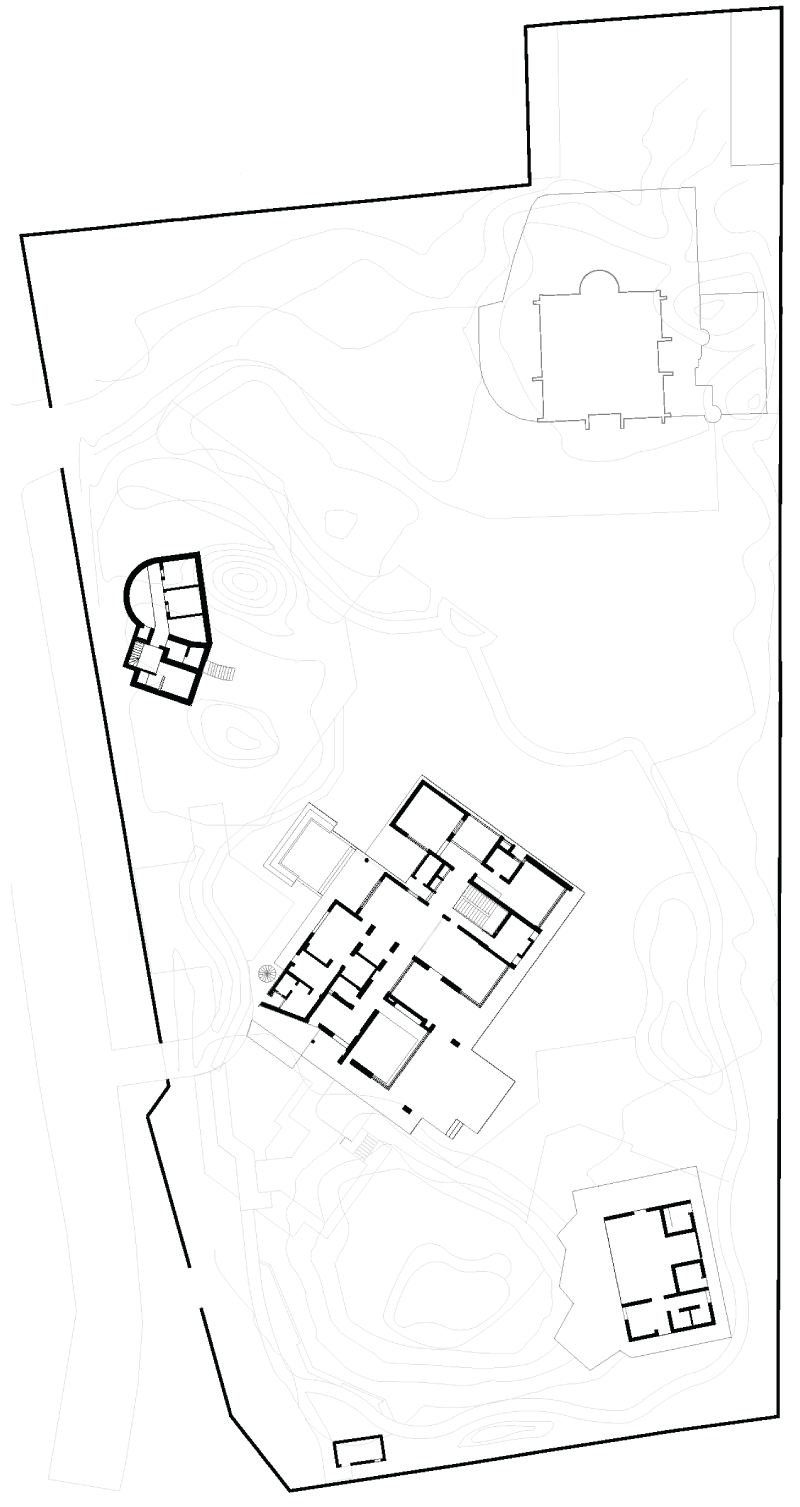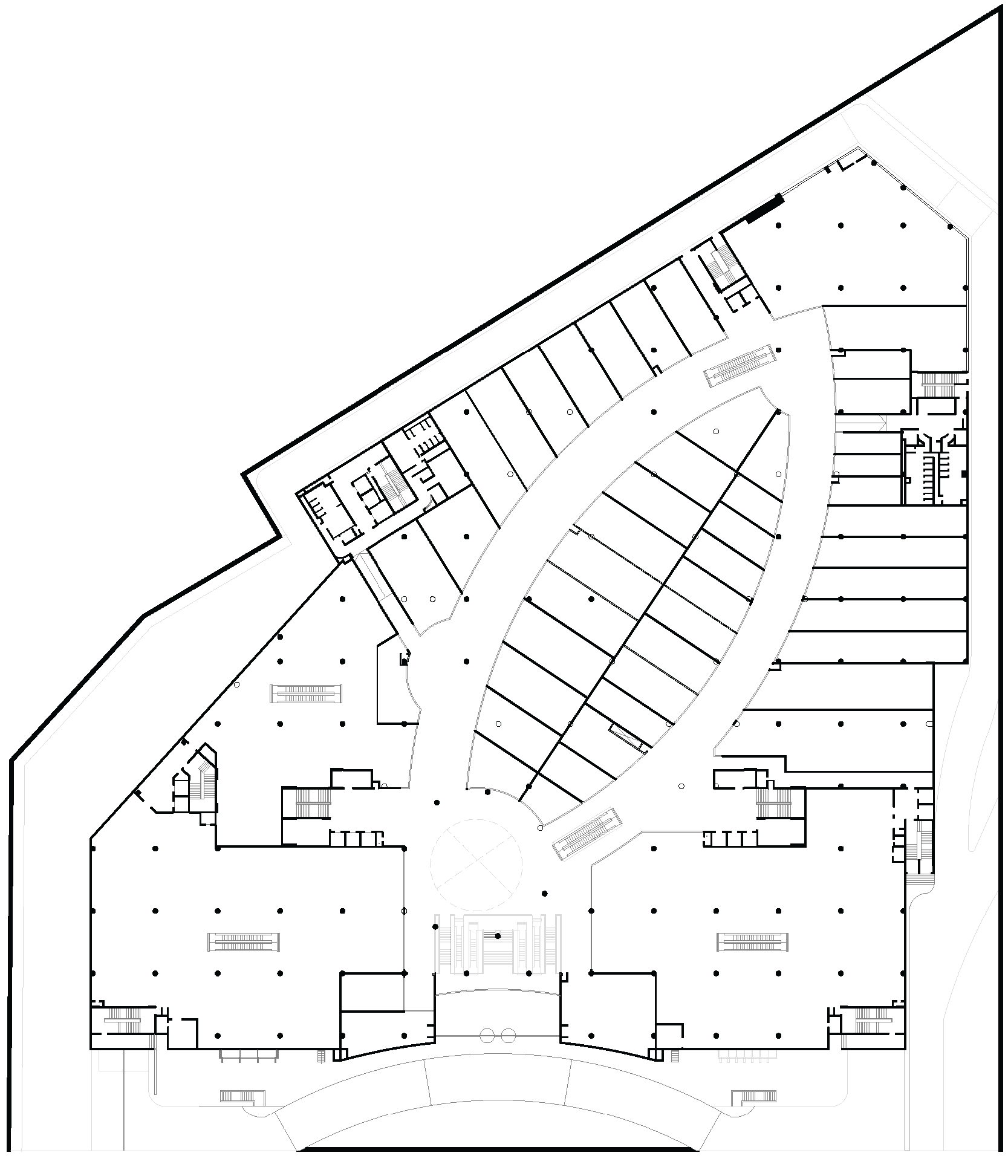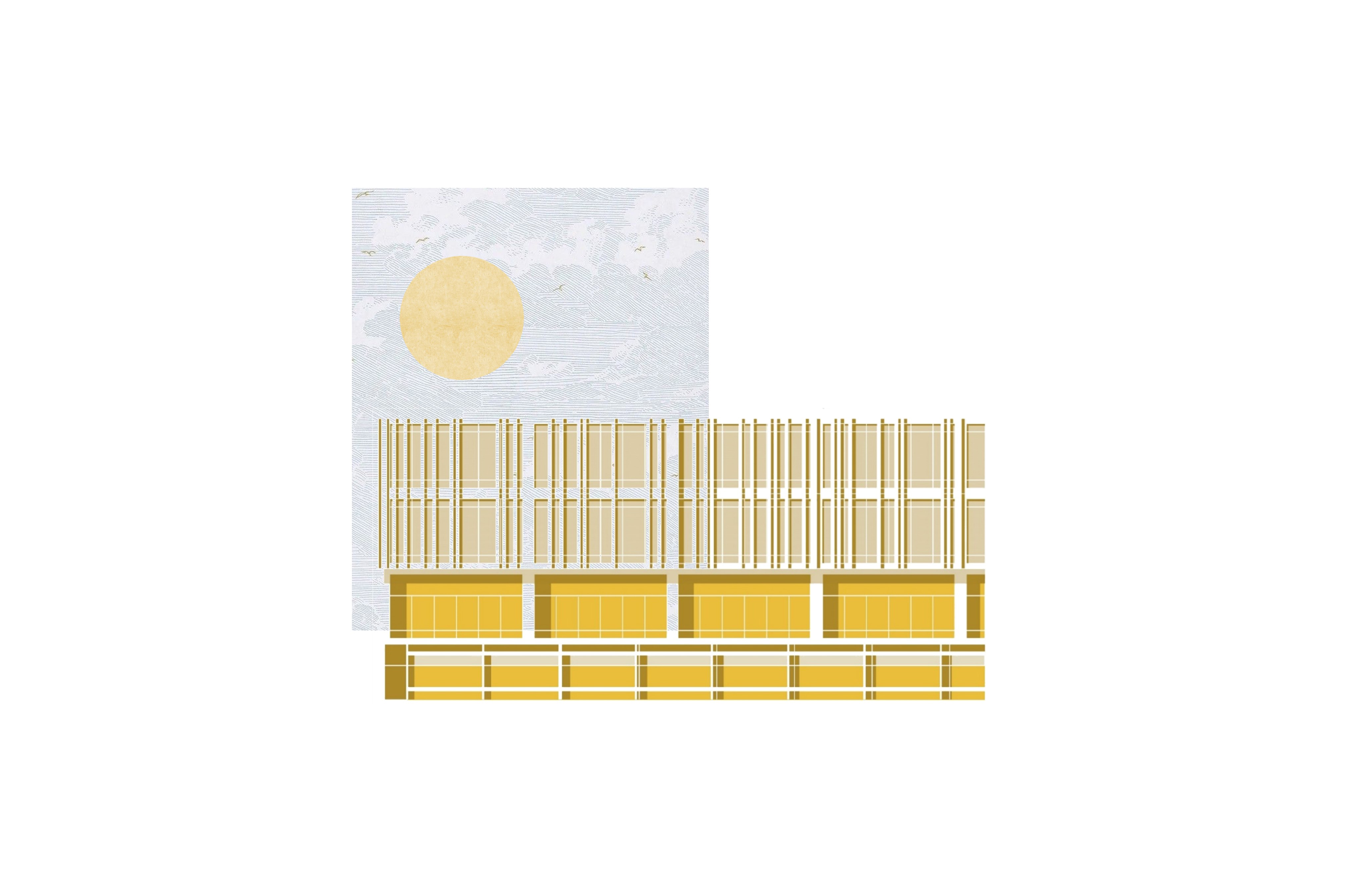
The design approach fundamentally reinterpreted the site's complexity as its primary asset. The rocky terrain was preserved and strategically sculpted into various functional social and transitional spaces, thereby illustrating the site's natural history and making the topography an integral element of the overall master plan and architecture. This move transformed an interesting obstacle into a culturally resonant and distinct spatial feature. Architecturally, the building utilizes multiple expansive courtyards and extended corridors—termed 'Terraces'—which are strategically layered to maximize natural light and ventilation, functioning as informal, collaborative learning and social spaces for both students and faculty.
The complete design program ensures a holistic educational and cultural experience. In addition to the core academic spaces that embody the spirit of Open Education, the facility integrates a robust set of amenities for social, cultural, and extracurricular activities. These include a large open-air amphitheater for performances and gatherings, a fully equipped indoor auditorium, and a comprehensive sports complex. By weaving these essential facilities directly into the terraced and rock-integrated scheme, the school is designed as a single, high-performance institution that fosters holistic development while meeting its goals for architectural distinction and cutting-edge environmental sustainability.
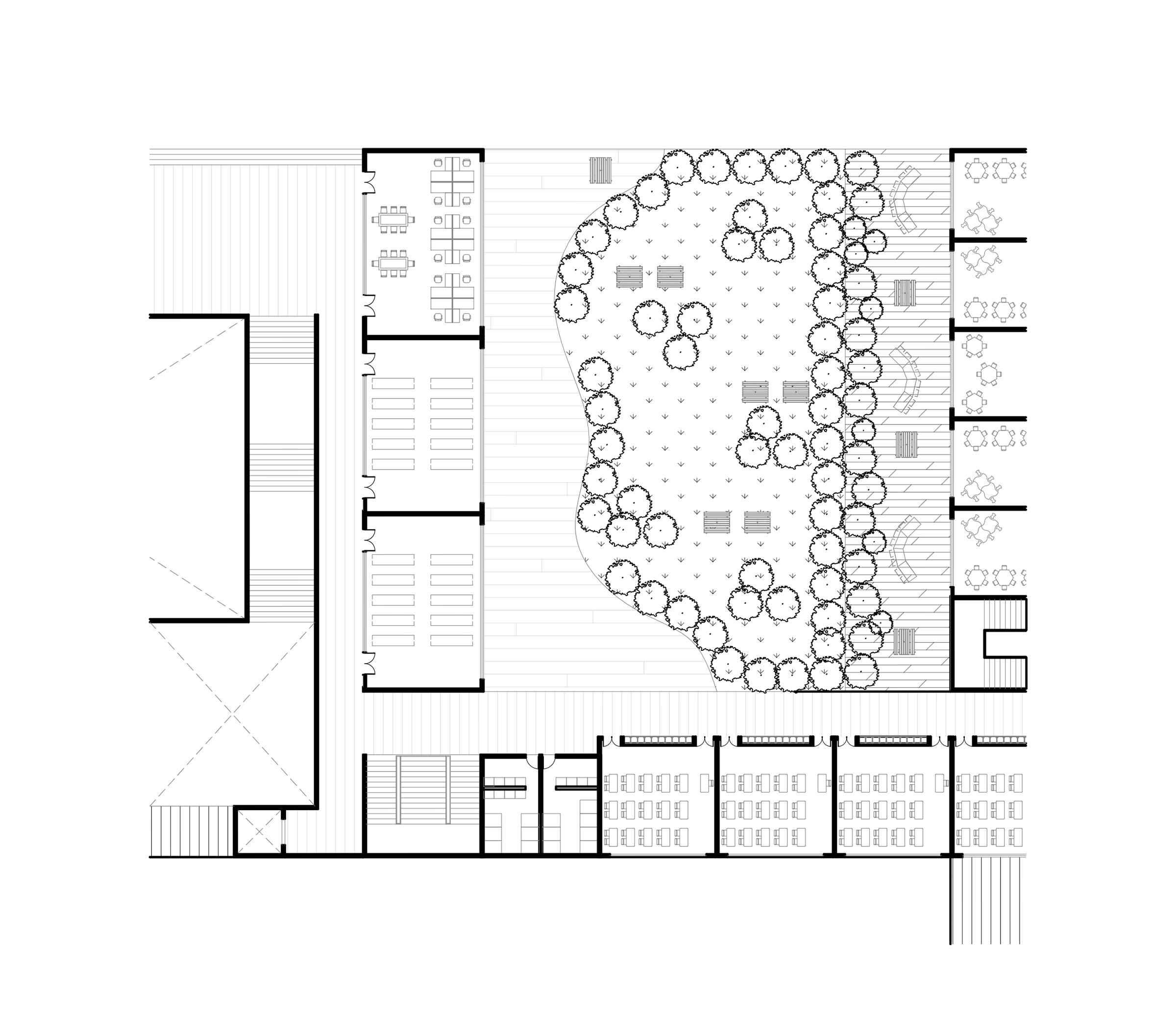



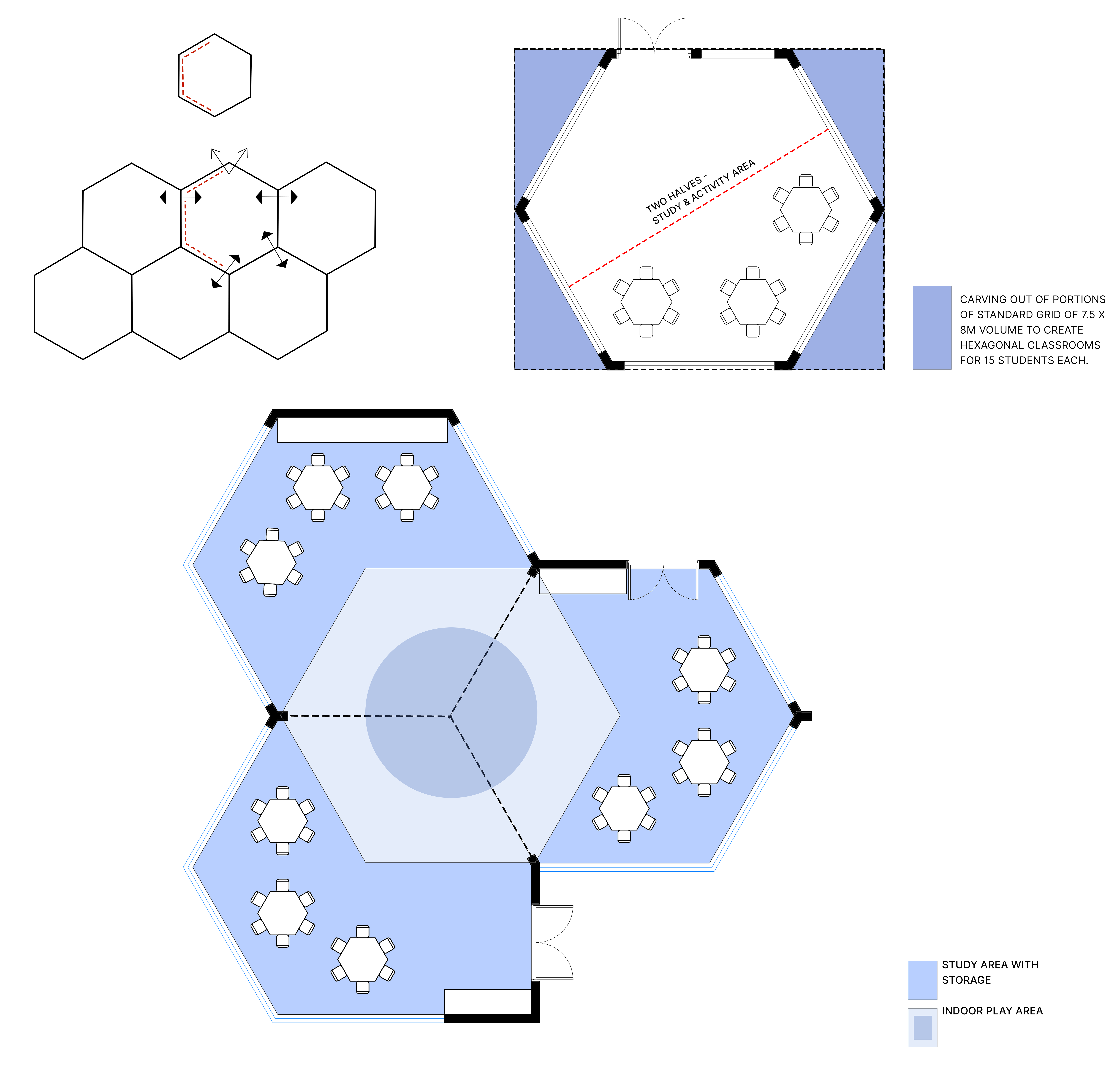
Blurring the walls by using hexagon-shaped classroom layouts for kindergarten creates a more open, flexible, and inviting learning environment. This innovative design encourages fluid movement and interaction, breaking away from rigid boundaries to foster greater collaboration among young learners.
The hexagonal shape layout component naturally enhances internal circulation, allowing for better airflow and natural light distribution, which supports healthier and more comfortable spaces for children. Additionally, this layout improves supervision and safety by providing teachers with clearer sightlines across the classroom, ensuring that every child is visible and engaged. Altogether, the hexagon-shaped classrooms nurture social development, creativity, and a secure atmosphere tailored to the needs of early childhood education.
